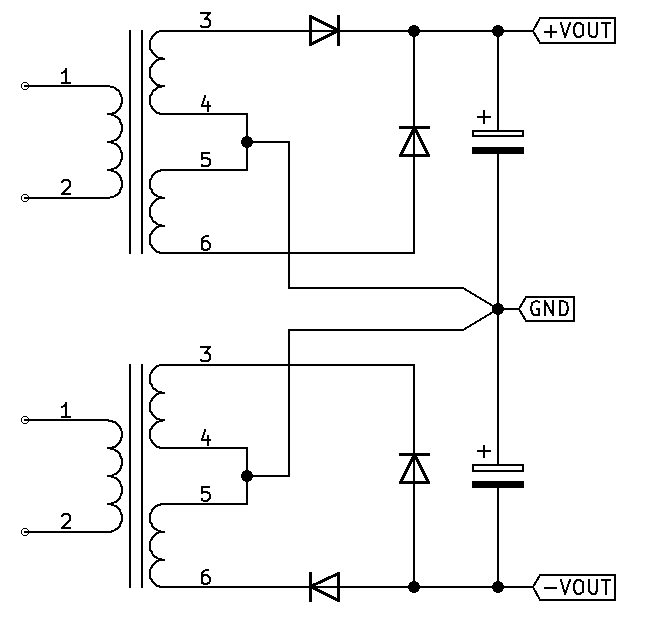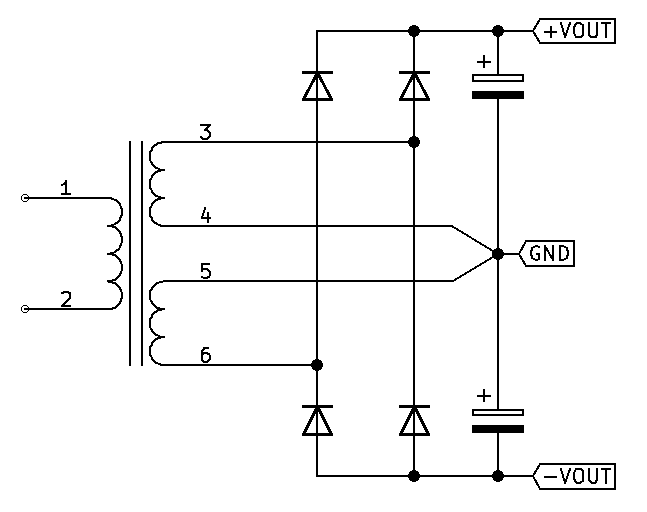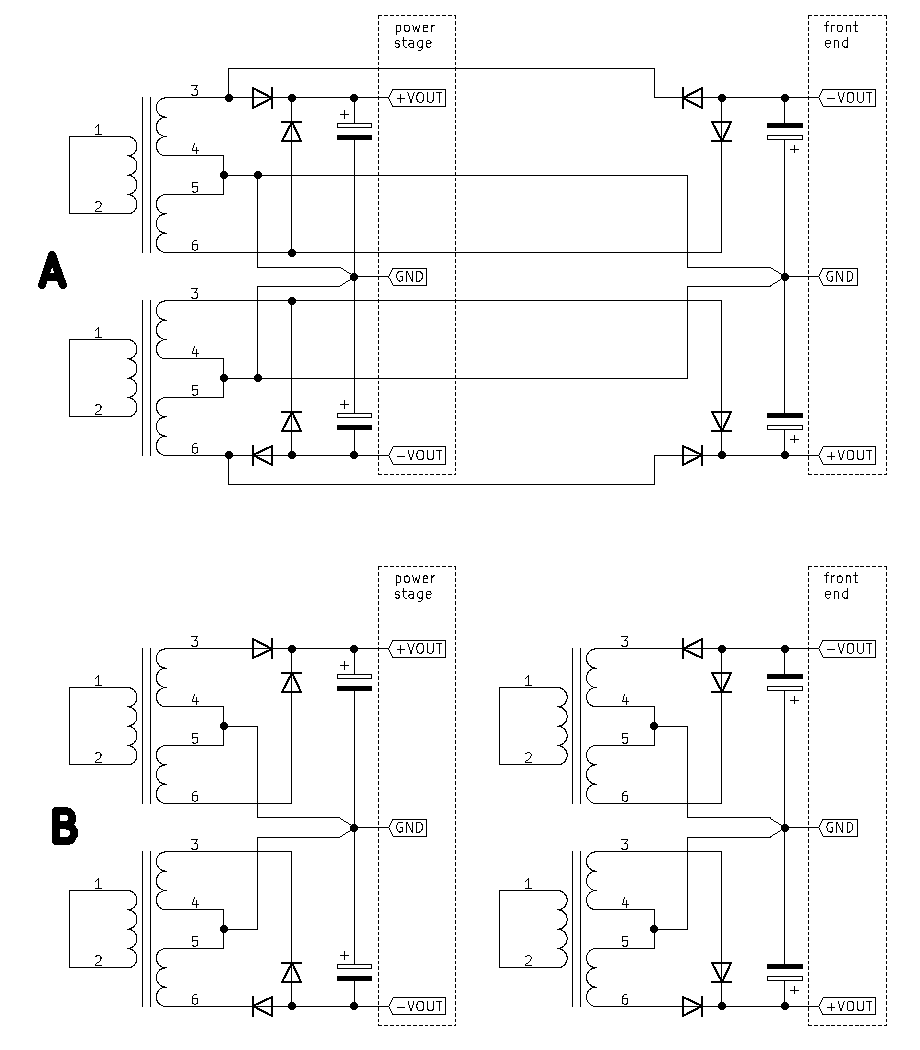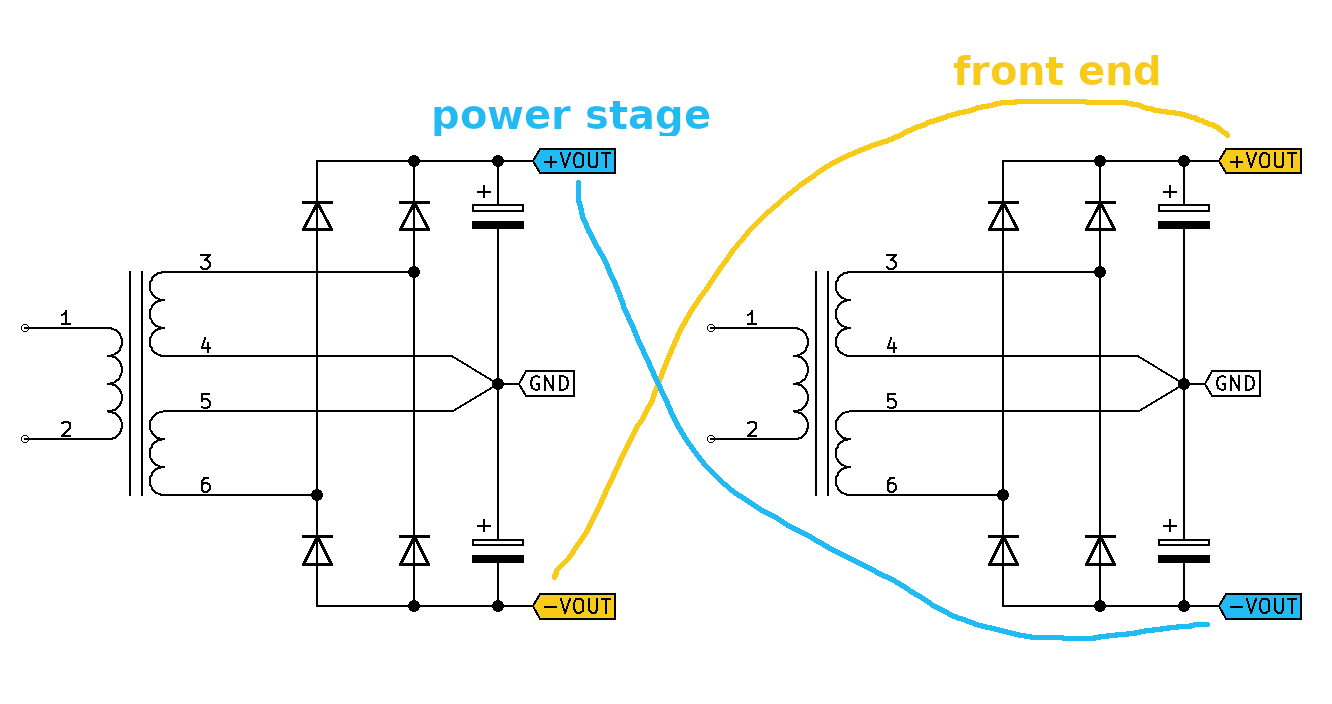I got that! I will try to phrase my question differently - sorry if my English is too limited to express clearly what I am after...
If Naim style rectification sounds better (than the usual full wave bridge): would that still be the case if another load would be connected as shown in my last diagram "A"?
(Of course provided the VA rating of the transformer covers the total load. And as you say the additional load could be a front end or another power stage - I just chose the former because of the easier GND arrangement.)
If Naim style rectification sounds better (than the usual full wave bridge): would that still be the case if another load would be connected as shown in my last diagram "A"?
(Of course provided the VA rating of the transformer covers the total load. And as you say the additional load could be a front end or another power stage - I just chose the former because of the easier GND arrangement.)





